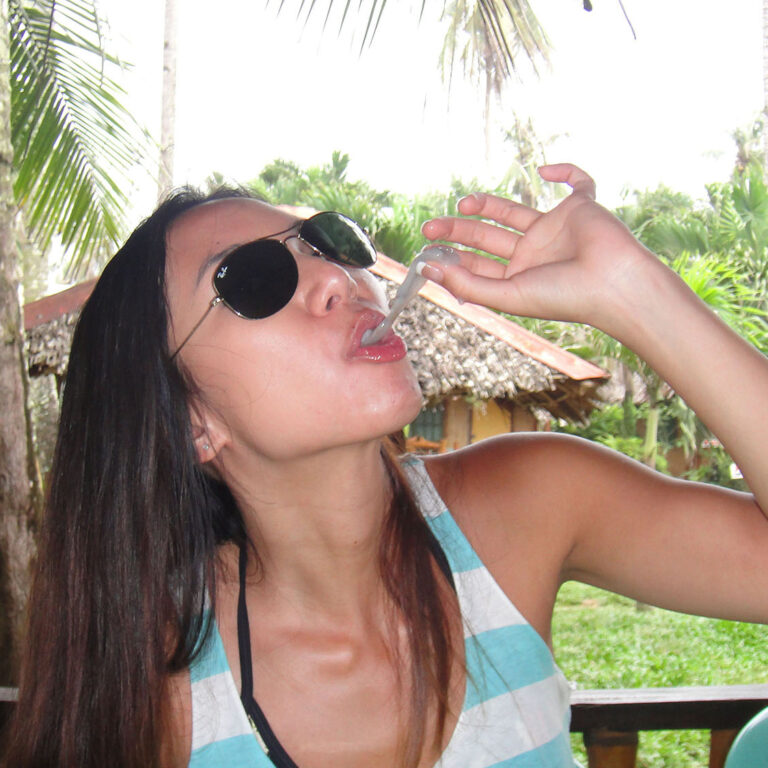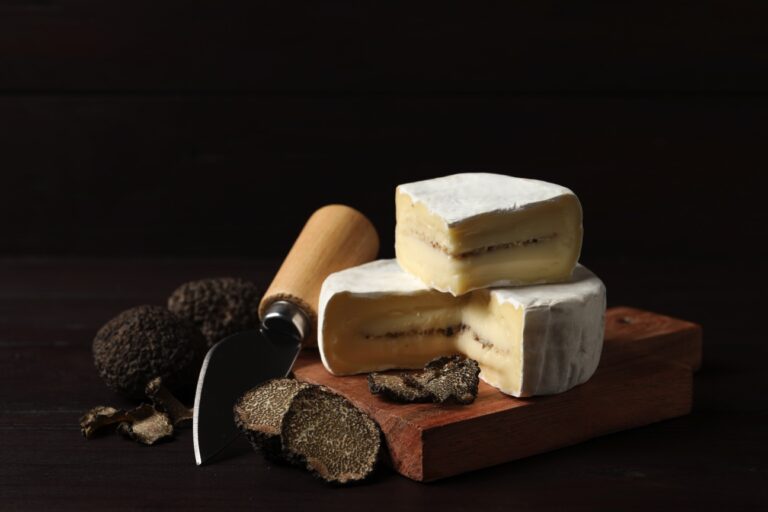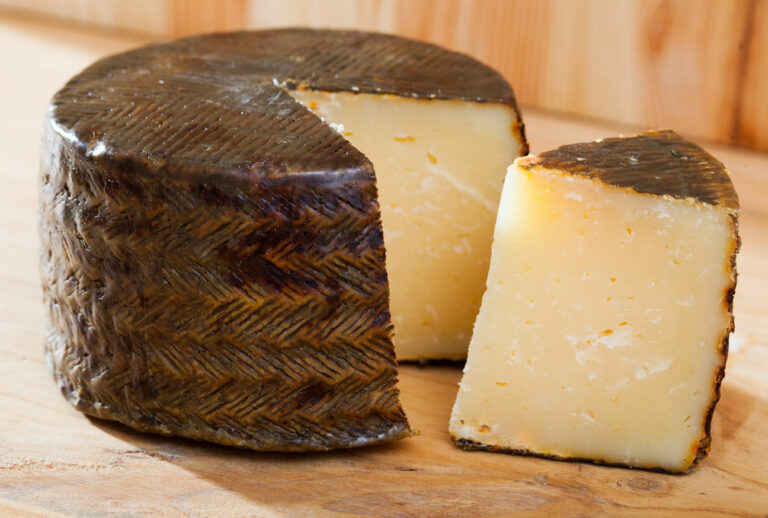
What is havarti cheese?
Havarti is a semi-soft Danish cheese made from cow’s milk. It originated in Denmark in the mid 19th century by Danish cheesemaker, Hanne Nielsen, who tested out different forms of “curd-washing.” This cheese was named after Havarthigaard, Neilsen’s Danish farm.
This Danish cheese melts very well, making it popular for all types of baked or grilled savory dishes.
What does havarti cheese taste like?
Havarti has a mild creamy flavor with a soft, smooth and almost bouncy texture. It has a touch of acidity that balances out its buttery sweetness, which can range from slightly sweet to very sweet.
You know when havarti has gone bad when it becomes hard, dark and smells rotten.
What can I put havarti on?
There are many dishes that this Danish cheese can go on. It can be added to savory foods such as these:
- pasta
- pizzas/flatbreads
- puff pastries
- sandwiches
- salads
- charcuterie boards
substitutes for havarti cheese
Because it is a mild-flavored semisoft cheese, the best substitutes or alternatives are cheeses that also have mild flavors.
- young Tilsit a.k.a. Tilsiter cheese – a semi-hard cow’s milk cheese with a mild buttery flavor (which becomes more intense with age); originated from Switzerland and Germany
- Esrom (Danish Port Salut) – a semi-soft cow’s milk cheese with a rich, sweet flavor; originated from Denmark
- Monterey Jack – a semi-hard cow’s milk cheese with a mild buttery flavor and a hint of tanginess; originated from the United States
- Muenster – a semi-soft cow’s milk cheese with a mild buttery flavor; originated from the United States
- Butterkäse – a semi-soft cow’s milk cheese with a soft texture and decadent, buttery flavor; originated from Germany
- Saint Paulin – a semi-soft cow’s milk cheese with a creamy buttery flavor; originated from France
- Emmental – a semi-hard cow’s milk cheese with a nutty, buttery flavor and hints of acidity; originated from Switzerland
- young Cheddar – a hard cow’s milk cheese with a mild creamy flavor (which becomes more intense with age); originated from the United Kingdom
- Colby – a semi-hard cow’s milk cheese with a mild buttery and nutty flavor; originated from the United States
- young Edam – a semi-hard cow’s milk cheese with a mild buttery, slightly salty flavor; originated from the Netherlands
- Gouda – a semi-hard cow’s milk cheese with a sweet, creamy flavor; originated from the Netherlands
best pairings with havarti
food
- fresh & dried fruit: apricots, figs, apples, pears, grapes and strawberries
- vegetables: broccoli, celery, cherry tomatoes, potatoes and squash/zucchini
- nuts: pistachios, walnuts, macadamia and pine nuts
- sweet spreads: honey, jams and preserves
wine
Havarti pairs best with soft, light to medium-bodied wines such as:
- sauvignon blanc – a light-bodied white wine
- reisling – a sweet white wine
- chardonnay – a medium to full-bodied white wine
- prosecco – a light-bodied sparkling wine
- cava – a medium-bodied sparking wine
- pinot noir – a light-bodied red wine
- Barbera – a medium to full-bodied red wine
- Beaujolais – a light-bodied red wine (becomes fuller-bodied with age)











